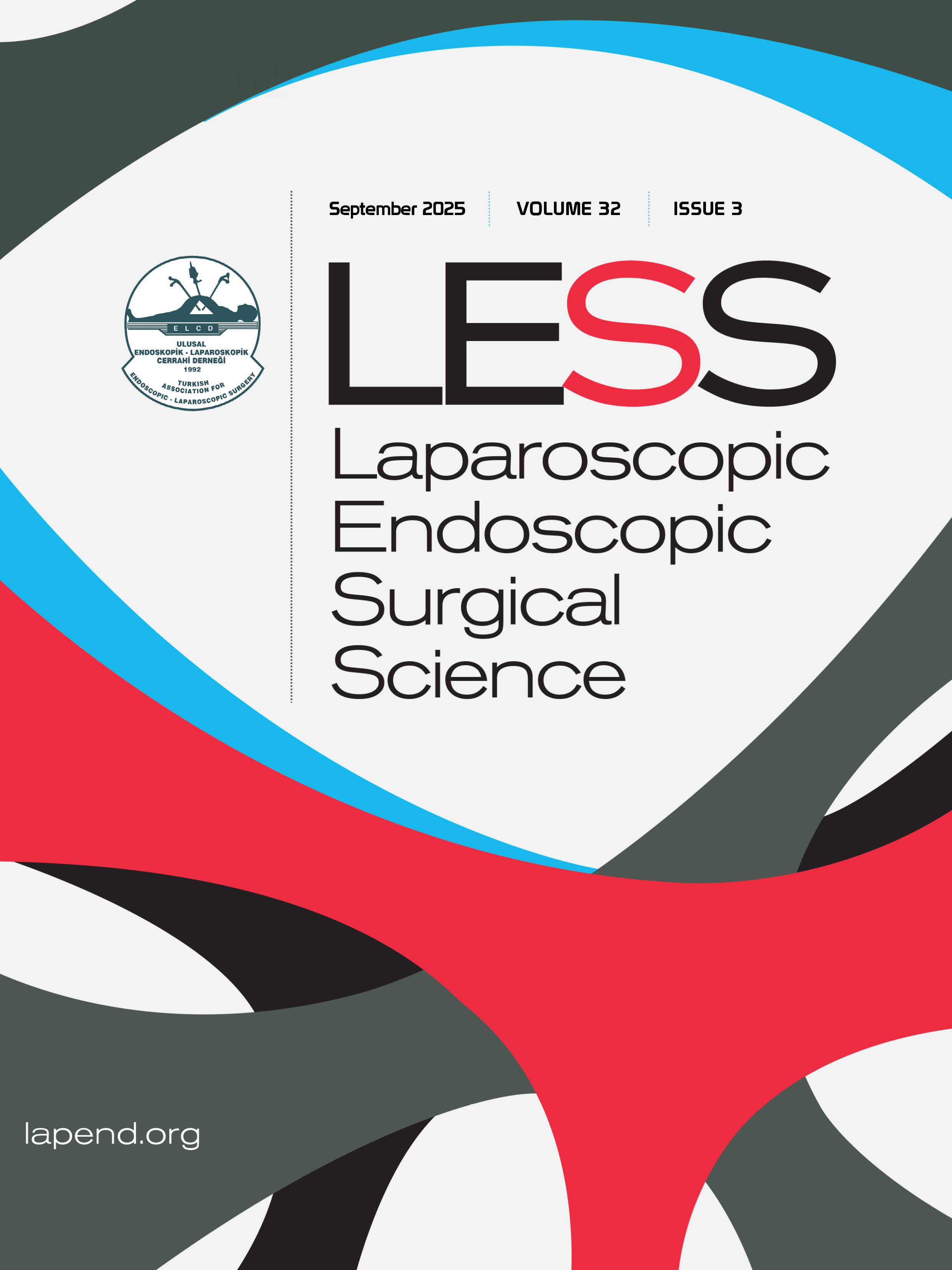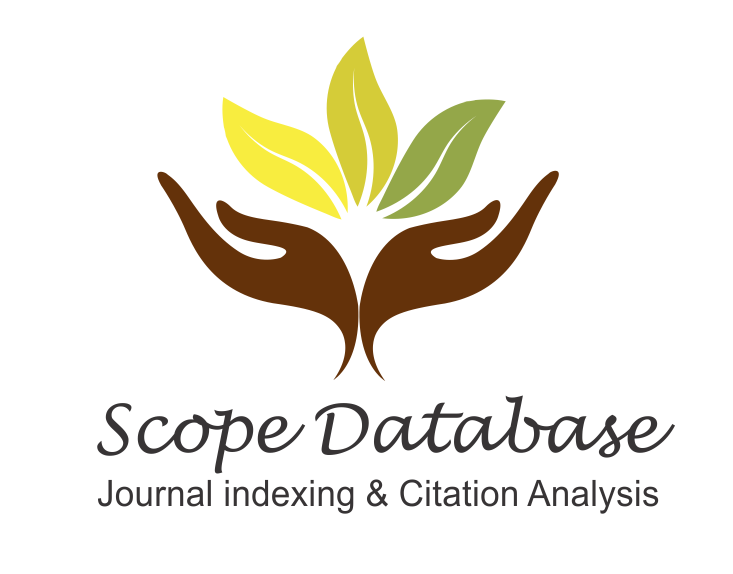Endoscopic removal of gossypiboma with gastric penetration
Mustafa Şentürk1, Celalettin Vatansev2, Mehmet Metin Belviranli2, Ömer Kişi21Department of General Surgery, Ceylanpınar State Hospital, Şanlıurfa, Turkey2Department of General Surgery, Necmettin Erbakan University Faculty of Medicine, Konya, Turkey
Retained surgical material is a potentially dangerous medico-legal problem. Gossypiboma may cause abscess-like complications in the early postoperative period, as well as a long-term asymptomatic pseudotumor. The preoperative diagnosis may be difficult. Presently described is a case that mimicked an intra-abdominal malignancy that had created a fistula in the stomach. A 54-year-old man presented with a history of laparoscopic cholecystectomy performed 1 year prior. Subsequent continued pain and swelling in the epigastric region led the patient to seek care at several health institutions. The patient brought abdominal tomography results from one of these presentations revealing a heterogeneous, high-density mass 5x4x5 cm in size located between the liver and the stomach. Gastroscopy revealed a foreign body near the pylorus at the level of the gastric antrum. The tomography image revealed that the mass was a gossypiboma and had penetrated the pylorus. The foreign body was removed endoscopically in 5 parts with the help of endoscopic forceps and a snare. The postoperative recovery was uneventful. Gossypiboma should be included in the differential diagnosis of tumoral masses detected in patients with a surgical history. Gossypiboma with gastric fistulization can be removed endoscopically.
Keywords: Gastric penetration, gossypiboma; intra-abdominal mass.Manuscript Language: English















